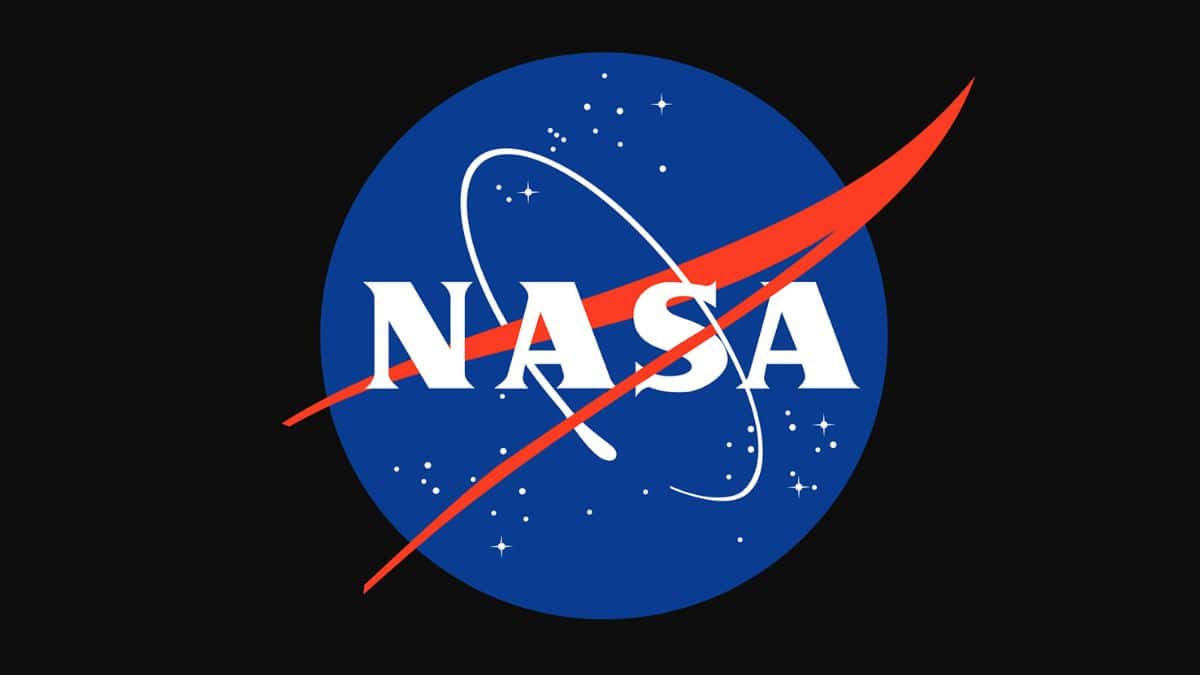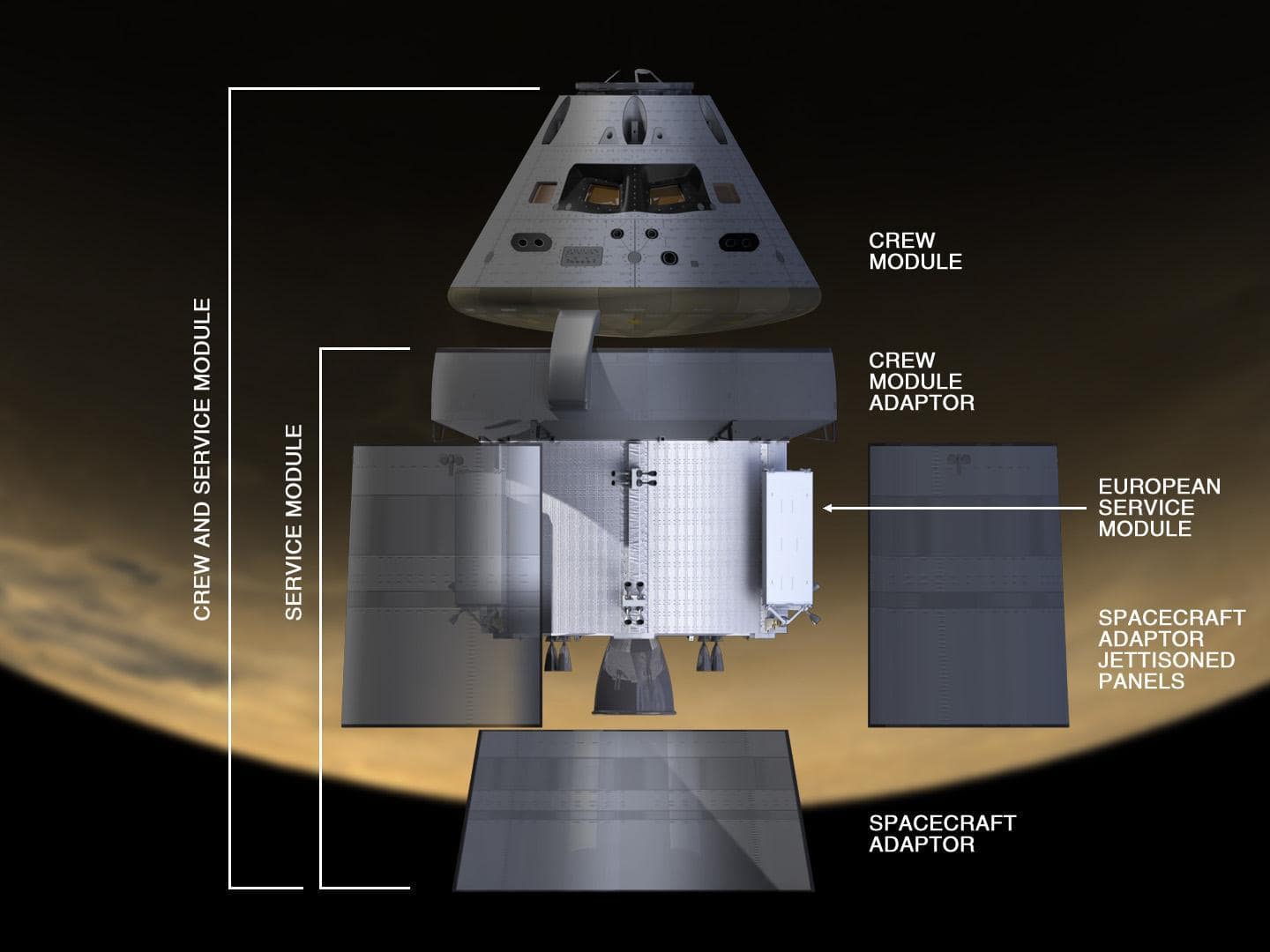NASA shared an image of earth taken from moon during Apollo 8th mission
From leading humanity’s Artemis exploration era to unravel the hidden mysteries of the universe with their new flagship astrophysics telescope, NASA is poised to reach new hights in the upcoming year.

NASA today shared an epic picture of Earth taken from the moon in 1968 during its apollo 8th mission. The image of the earth really looked amazing and showed how mankind was able to reach the moon with the technology of that time.
Without the Moon, Earth wouldn’t experience tides or lunar cycles.
As we prepare for the #Artemis I mission, we're sharing our love of @NASAMoon with this image of Earth from the Apollo 8 mission.
Share your own pics with #NASAMoonSnap! 🌎 ❤️ 🌕 https://t.co/r2ChzgkA7q pic.twitter.com/UzCWe2T43Q
— NASA Earth (@NASAEarth) August 9, 2022
NASA also shared an update about its Artemis program. NASA stated that they are preparing for the mission that will happen in 2024. According to NASA, this will be its first touchdown on the lunar south pole by 2024.
It will be the first lunar landing after 50 years of its maiden flight to the moon in 1972. People at NASA are very excited about the Artemis program.
The main purpose of Artemis’s mission is to establish a base to extend the trips to weeks and possibly months.
According to NASA the total cost of the project will be around US$35 billion (2020–2024). NASA will have three missions Artemis 1, Artemis 3, and Artemis 2.
Here are some of the details of the Artemis mission:
Launch vehicles: Space Launch System (SLS); Commercial launch vehicles
Crew modules: Lunar Gateway, Orion, Human landing system (HLS)
Launch dates:
- Artemis 1: no sooner than 29 August 2022 (TBC)
- Artemis 2: 2024 (TBC)
- Artemis 3: 2025

NASA will use the Orion spacecraft for the Artemis mission. The command module needed to carry the crew across space is Orion, which is outfitted with life support equipment and shuttle interfaces.
Also read: “Happens to almost everyone,” Elon Musk replies over fake Twitter accounts


